The Issue
The Florida Grasshopper Sparrow is America’s most endangered songbird, with fewer than 200 remaining in the wild. Once thriving across Florida’s dry prairies, this little brown bird now faces near extinction due to the loss of over 90% of its original habitat.
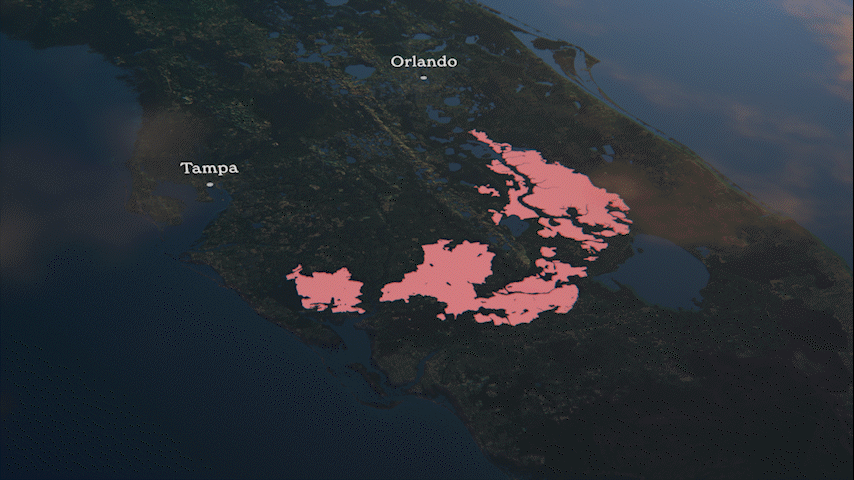
Habitat Loss
Starting in the mid-20th century, vast stretches of prairie grasslands were plowed and transformed into farms, leaving only fragmented pockets of dry prairie. Florida's population surge during that era further accelerated urbanization, as roads, housing developments, and infrastructure permanently replaced critical ecosystems.
Altered Flooding and Fire Regimes
Draining wetlands and altering water flow for agriculture and urban flood control disrupted the natural flooding patterns that maintained prairie ecosystems, degrading habitat quality for sparrows. Frequent, low-intensity fires historically kept dry prairies open and healthy. Modern fire suppression has allowed invasive shrubs and trees to overgrow, eliminating suitable nesting and foraging grounds.
Predation and Invasive Species
Fragmented landscapes leave sparrow nests vulnerable to predators like raccoons, snakes, and invasive red fire ants that attack the nest.
Extreme Weather Events
Rising temperatures, changing rainfall patterns, and severe weather disruptions affect the prairie ecosystem. Droughts and hurricanes threaten the sparrow’s breeding cycle and food supply, compounding its challenges.
Small Population Size
Critically low numbers leave the sparrow highly vulnerable to inbreeding, disease, and environmental changes, further accelerating its decline.
Habitat Loss
Starting in the mid-20th century, vast stretches of prairie grasslands were plowed and transformed into farms, leaving only fragmented pockets of dry prairie.
Altered Flooding and Fire Regimes
Draining wetlands and altering water flow for agriculture and urban flood control disrupted the natural flooding patterns that maintained prairie ecosystems, degrading habitat quality for sparrows. Frequent, low-intensity fires historically kept dry prairies open and healthy. Modern fire suppression has allowed invasive shrubs and trees to overgrow, eliminating suitable nesting and foraging grounds.
Predation and Invasive Species
Fragmented landscapes leave sparrow nests vulnerable to predators like raccoons, snakes, and invasive red fire ants that attack eggs.
Climate Change Impacts
Rising temperatures, changing rainfall patterns, and extreme weather events disrupt the prairie ecosystem. Droughts and hurricanes threaten the sparrow’s breeding cycle and food supply, compounding its challenges.
Small Population Size
Critically low numbers leave the sparrow highly vulnerable to inbreeding, disease, and environmental changes, further accelerating its decline.
Habitat Loss
Starting in the mid-20th century, vast stretches of prairie grasslands were plowed and transformed into farms, leaving only fragmented pockets of dry prairie. Florida’s 20th-century population boom fueled urbanization, permanently replacing critical ecosystems with roads, housing developments, and infrastructure.
Altered Flooding and Fire Regime
Draining wetlands and altering water flow for agriculture and urban flood control disrupted the natural flooding patterns that maintained prairie ecosystems, degrading habitat quality for sparrows. Frequent, low-intensity fires historically kept dry prairies open and healthy. Modern fire suppression has allowed invasive shrubs and trees to overgrow, eliminating suitable nesting and foraging grounds.
Predation and Invasive Species
Fragmented landscapes leave sparrow nests vulnerable to predators like raccoons, snakes, and invasive red fire ants that attack the nest.
Climate Change Impacts
Rising temperatures, changing rainfall patterns, and extreme weather events disrupt the prairie ecosystem. Droughts and hurricanes threaten the sparrow’s breeding cycle and food supply, compounding its challenges.
Small Population Size
Critically low numbers leave the sparrow highly vulnerable to inbreeding, disease, and environmental changes, further accelerating its decline.
The Solutions
Biologists are continuously studying the sparrow’s behavior, habitat needs, emerging threats, and enabling adaptive management to address changing conditions and new challenges.

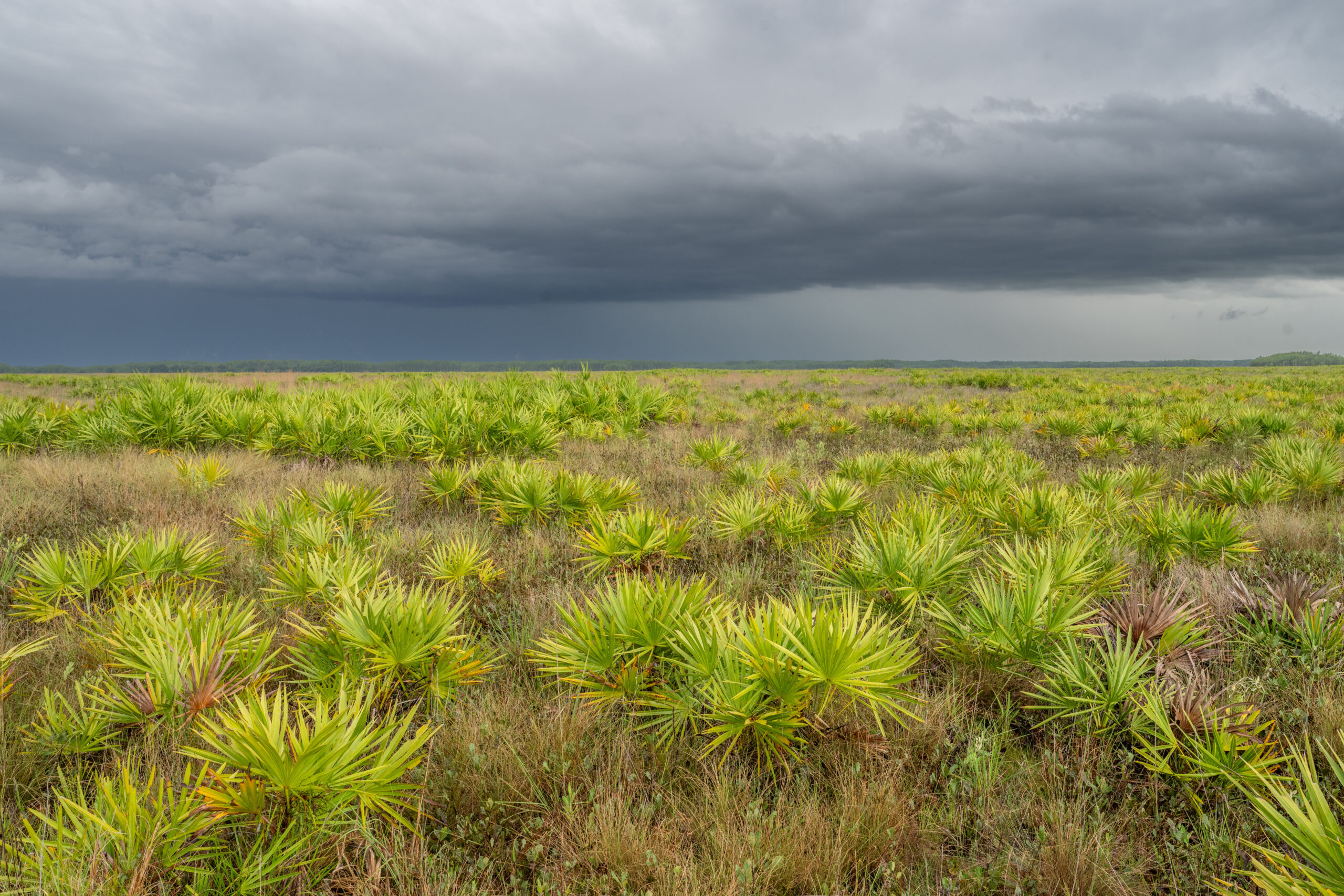
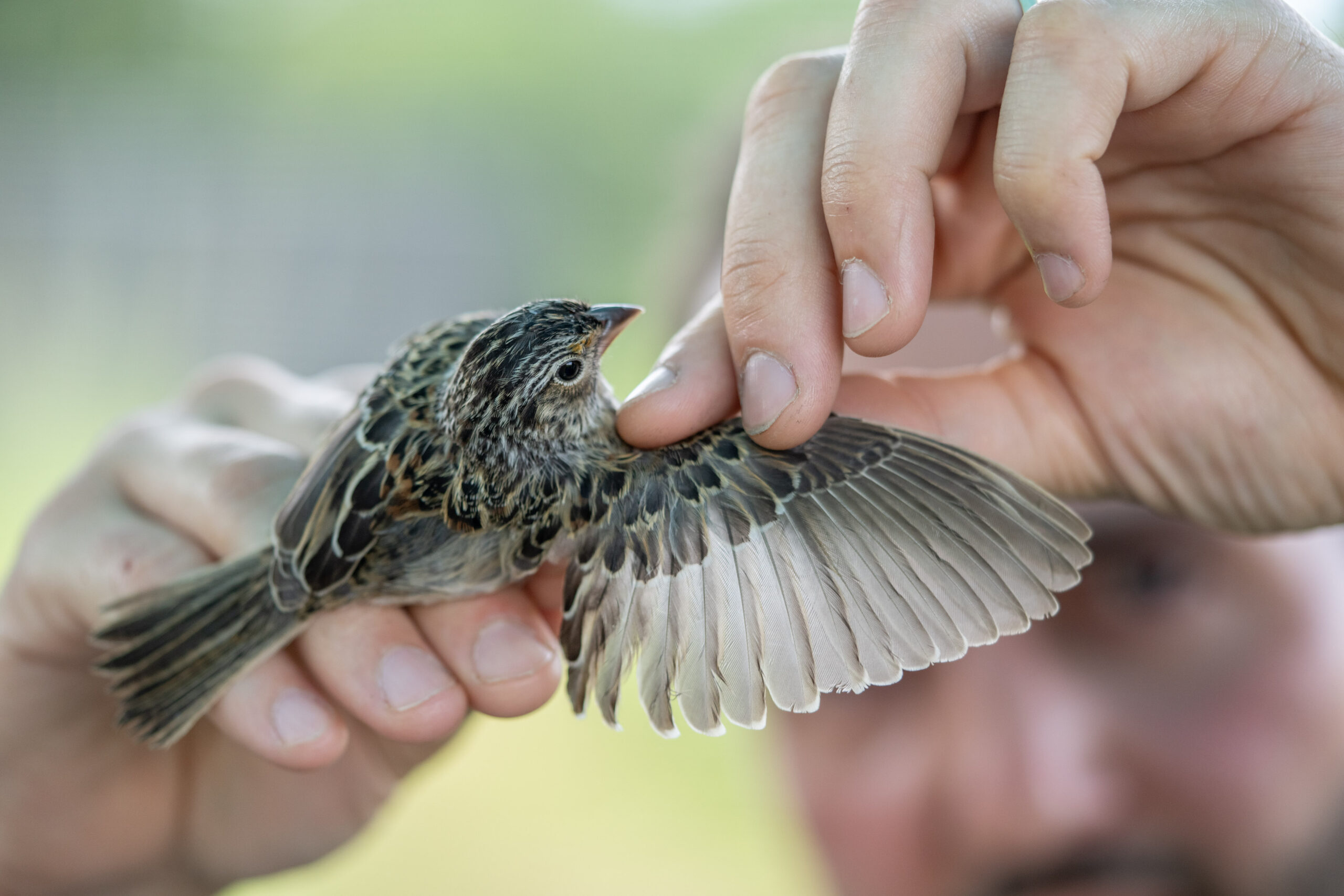
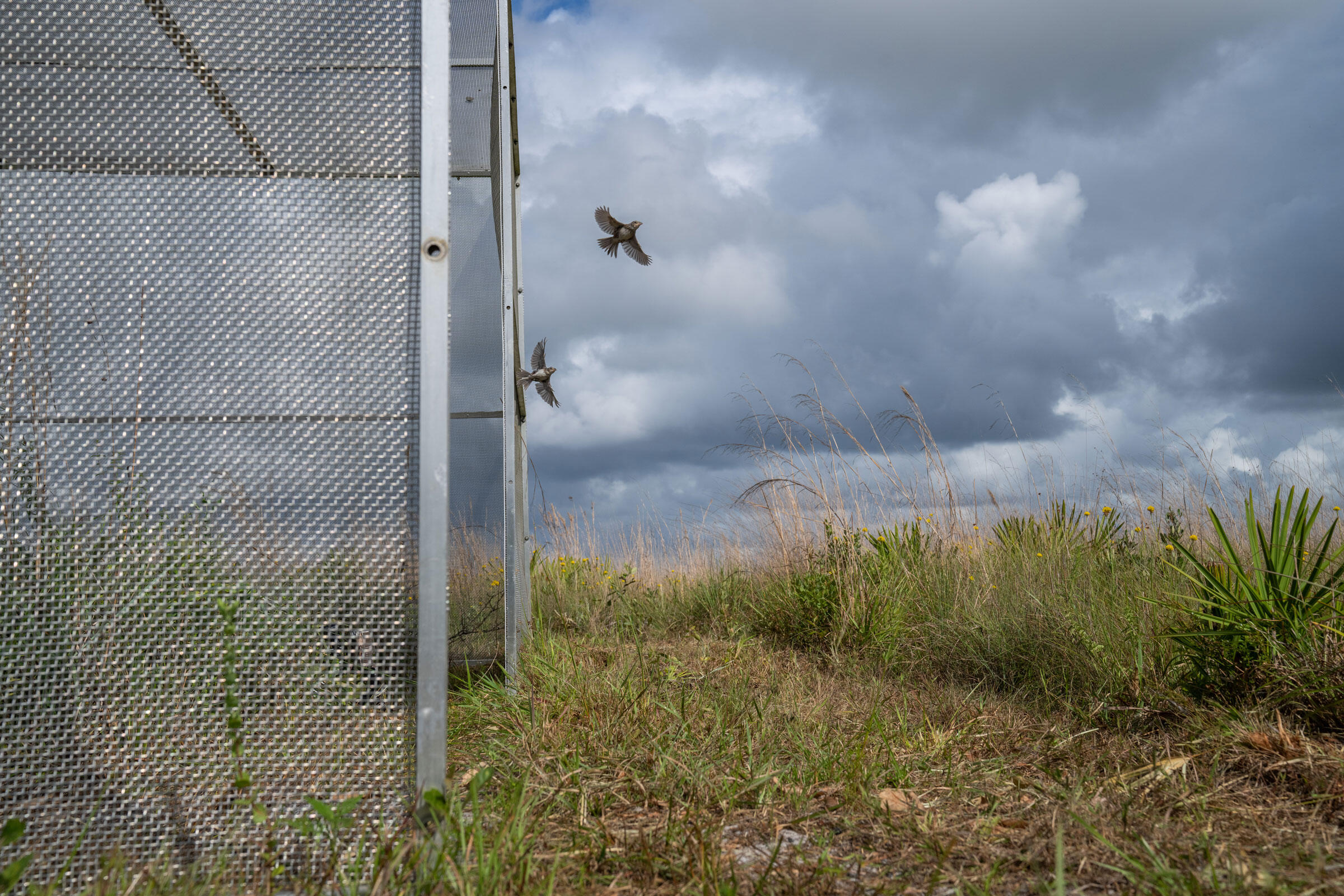
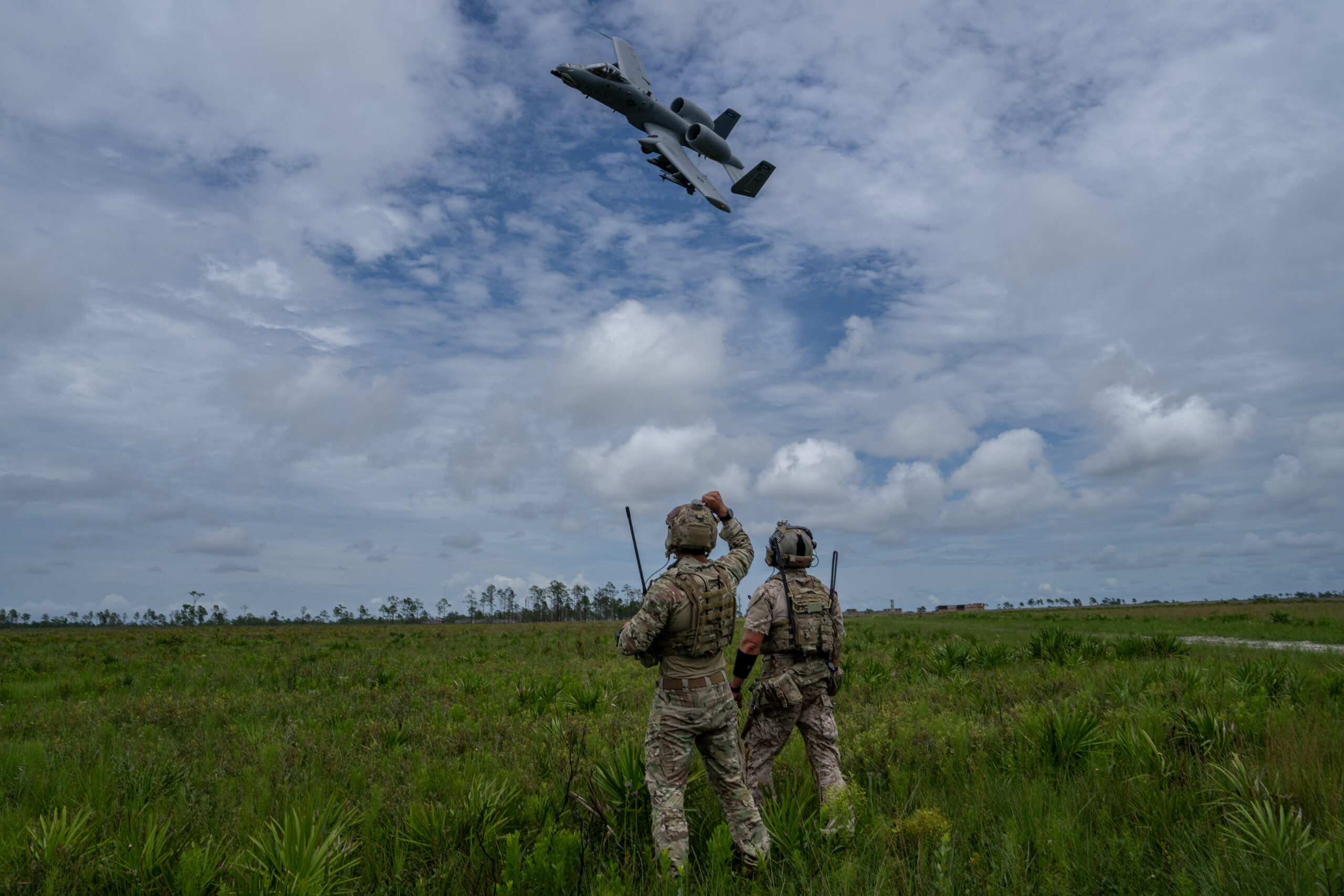
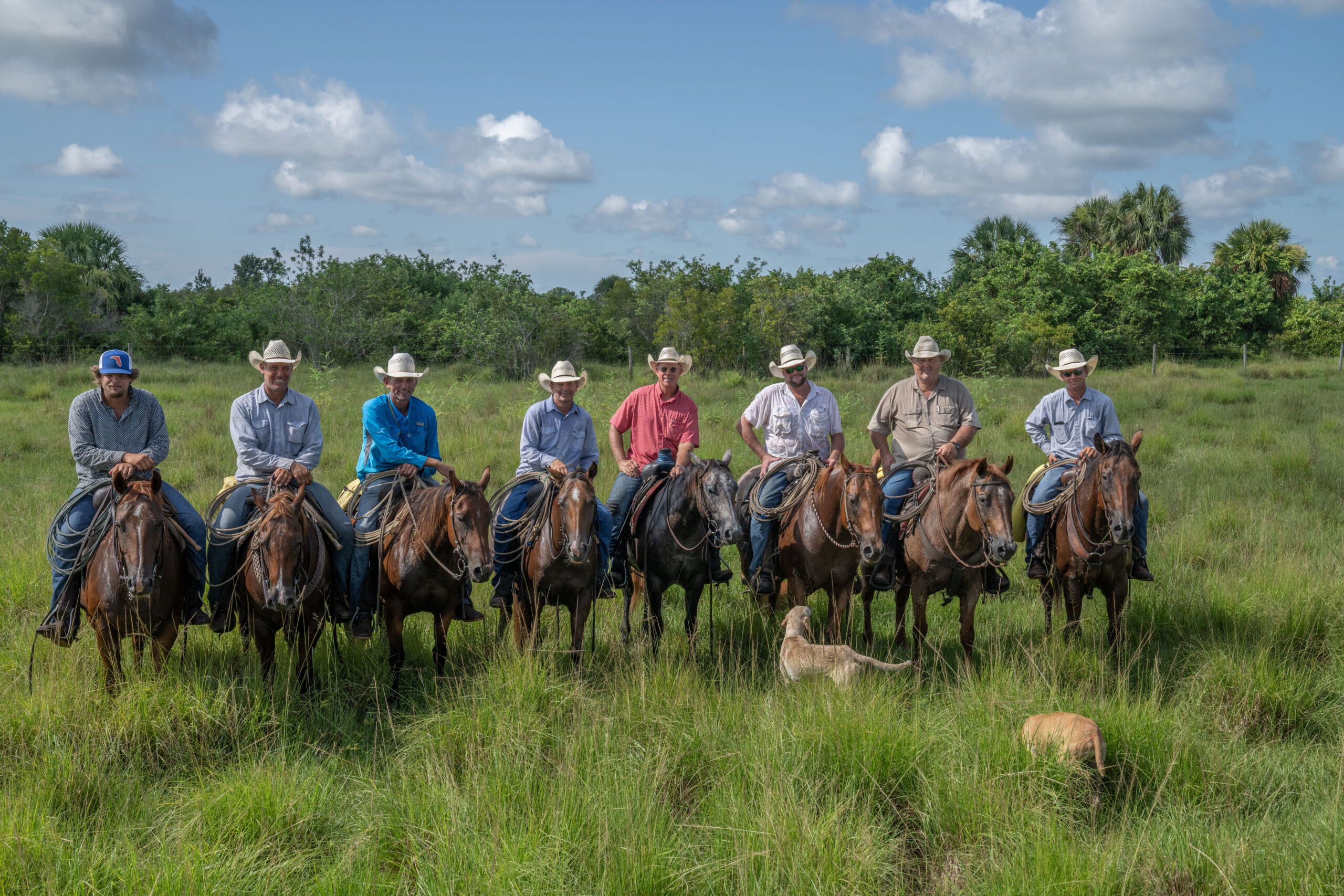
Habitat Restoration
Restoring and managing dry prairie landscapes through controlled burns, vegetation management, and removing invasive plant species to restore natural habitats.
Conservation Breeding
Breeding sparrows in managed environments to boost population numbers and reintroduce them to the wild, strengthening genetic diversity and stabilizing the population.
Predator Management
Implementing measures such as predator-deflection fencing, fire ant treatments, nest lifting, and invasive species control to reduce risks to sparrow nests and improve breeding success.
Land Protection and Stewardship
Partnering with landowners and conservation organizations to protect critical sparrow habitat through land conservation agreements and sustainable land-use practices.

Habitat Restoration
Rebuilding and managing dry prairie landscapes through controlled burns, vegetation management, and removing invasive plant species to restore natural habitats.

Conservation Breeding
Breeding sparrows in managed environments to boost population numbers and reintroduce them to the wild, strengthening genetic diversity and stabilizing the population.
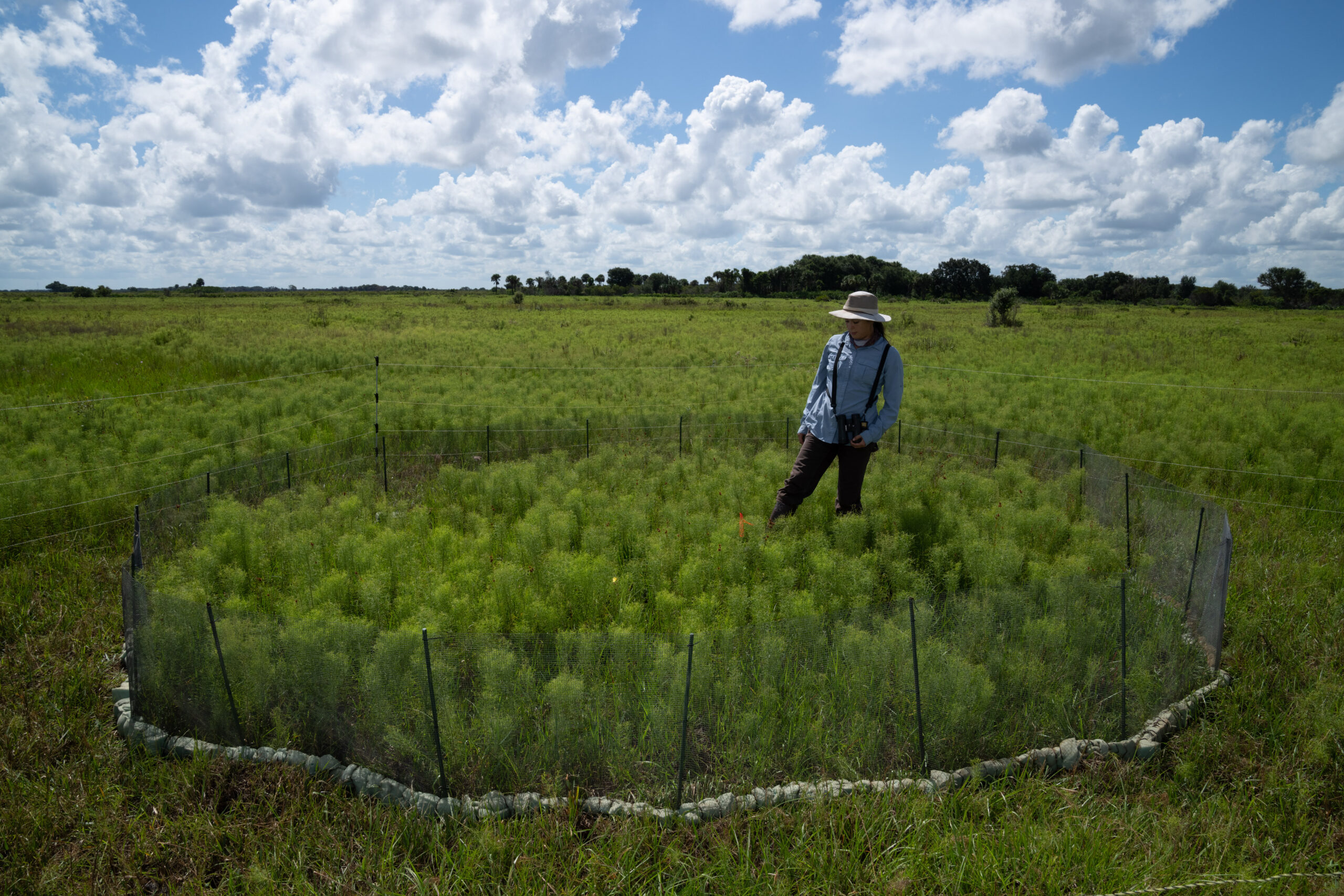
Predator Management
Implementing measures such as predator-deflection fencing, fire ant treatments, nest lifting, and invasive species control to reduce risks to sparrow nests and improve breeding success.

Land Protection and Stewardship
Partnering with landowners and conservation organizations to protect critical sparrow habitat through land conservation agreements and sustainable land-use practices.
Conservation Timeline
Florida’s dry prairie spans millions of acres, providing a thriving home for the Florida Grasshopper Sparrow.
Urbanization and agricultural expansion shrink the sparrow’s habitat. Over 90% of Florida’s dry prairie is lost by the century's end.
The Florida Grasshopper Sparrow is listed as federally endangered under the Endangered Species Act, bringing national attention to its plight.
A coalition of scientists, conservationists, land managers, and agencies forms the Florida Grasshopper Sparrow Working Group to coordinate efforts to save the species.
With wild populations critically low, scientists initiate emergency measures, including intensive habitat management and predator control.
The first conservation breeding program for the Florida Grasshopper Sparrow begins, aiming to bolster populations through conservation breeding and reintroduction.
Wild populations plummet to approximately 30 singing males. Urgent reintroductions from the breeding program begin to stabilize numbers.
Conservationists identify ranchlands harboring critical habitat for the sparrow, demonstrating the importance of working with private landowners to protect remaining dry prairie.
The release of the 500th Florida Grasshopper Sparrow into the Everglades marks a significant milestone in the species' recovery, with conservation-bred sparrows successfully mating and raising chicks in the wild, signaling hope for the future.
Partnerships with ranchers, private landowners, and conservation organizations expand efforts to restore habitat, manage predators, and monitor populations.
A new film and outreach initiatives bring the story of the Florida Grasshopper Sparrow to a broader audience, highlighting the challenges of habitat loss and conservation.
With ongoing conservation efforts, wild populations are slowly growing, but the species remains critically endangered. Continued habitat restoration, predator management, and community engagement are crucial to its survival.